Stones Guide
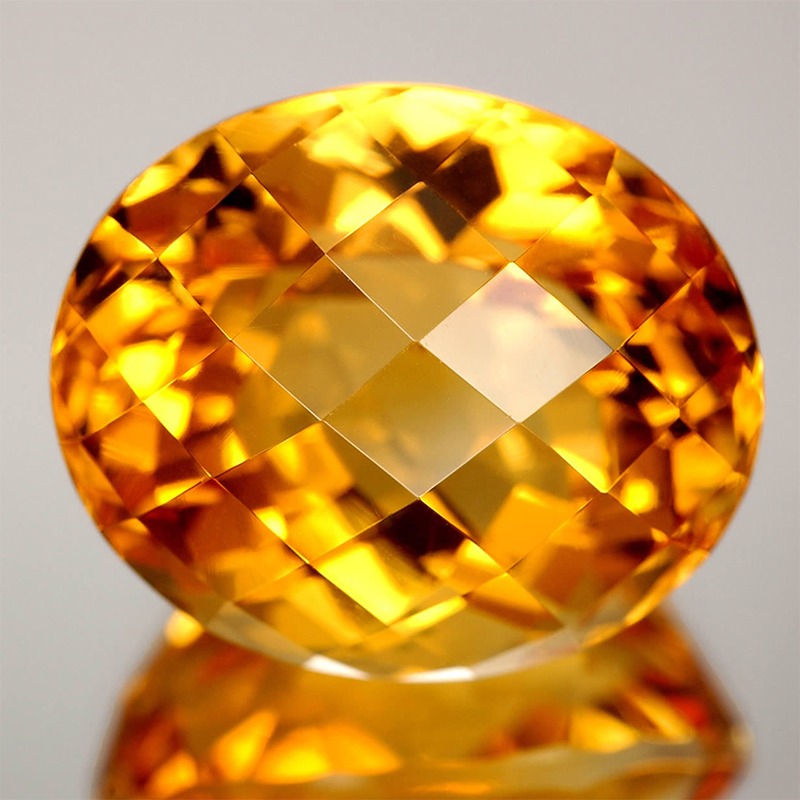
Citrine
Is the transparent, pale yellow to brownish orange variety of quartz. Citrine is rare in nature. In the days before modern gemmology, its tawny colour caused it to be confused with topaz. It’s also recognised as the gem that commemorates the thirteenth anniversary. A trace of iron in citrine’s structure is responsible for its yellow-to-orange colour, it is a Birthstone for November.
Crystal Quartz
The word crystal, however, comes from the Greek word “krystallos” which means ice. There are many traditional uses of quartz. Ancient Japanese believed quartz formed from the breath of a white dragon, and regarded it as representing perfection. Australian Aborigines used quartz in rain rituals.


Diamond
The modern world’s most infamous stone, the inspiration for many stories of love and grandeur; the word Diamond comes from the Greek word Adamas, which means indestructible. It is the only gem known to man that is made of a single element, Carbon. It is a Birthstone for April.
Garnet
Garnets are a set of closely related minerals that form a group with gemstones in almost every colour. Birthstone for January.

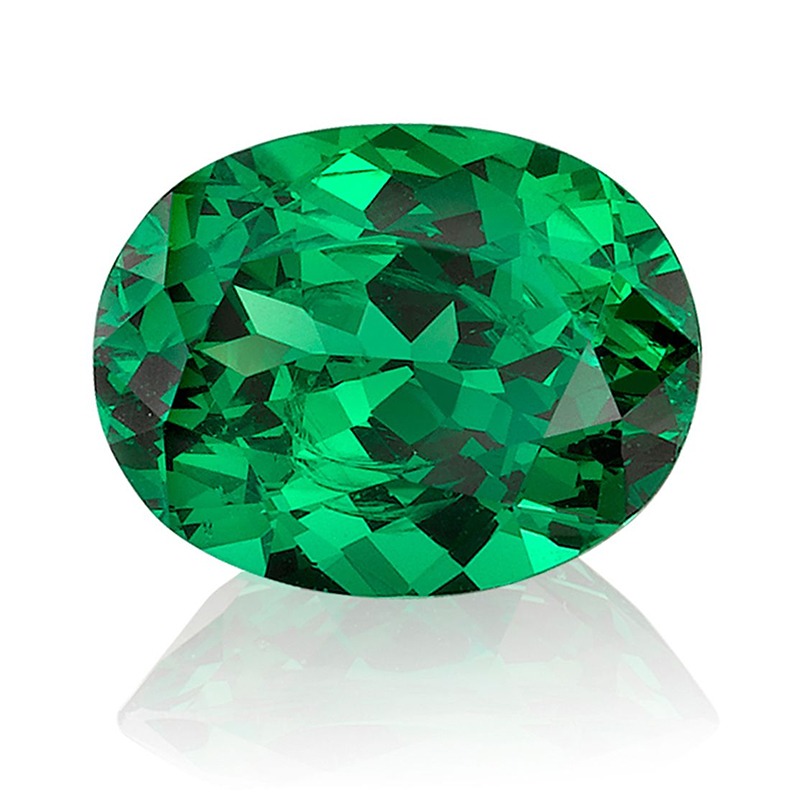
Tsavorite
A green garnet, tsavorite, is rarer and needs rarer rock chemistries and conditions to form.
Moonstone
Is a fascinating stone that really does look like it’s from another planet. The stone is named after ‘Moonshine’ due to its white iridescent sheen. Moonstone pieces have a simplicity and radiance that is effortless to wear.

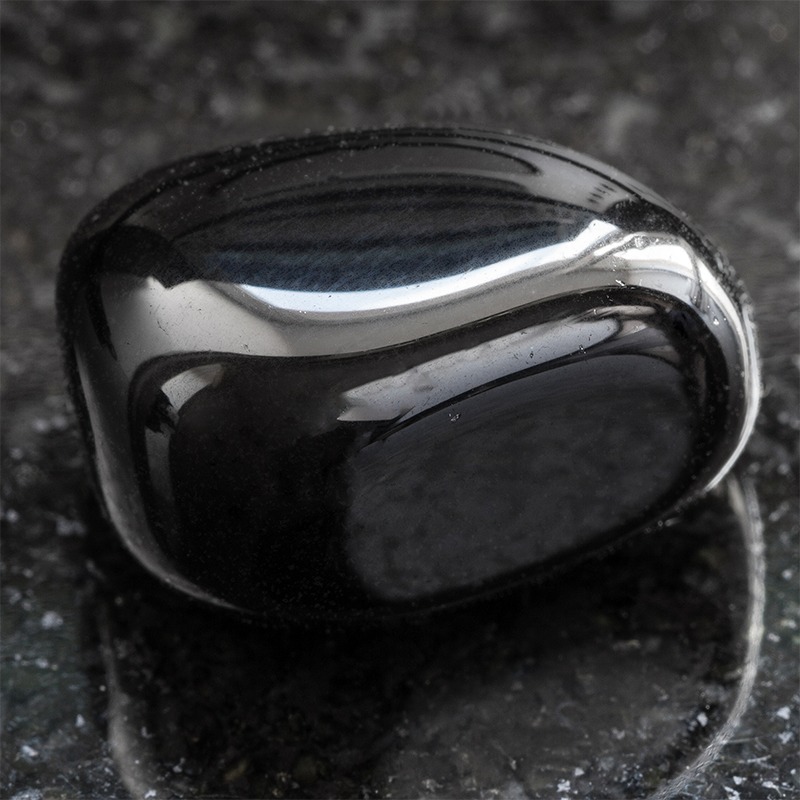
Onyx
Onyx is a chalcedony consisting of fine bands of quartz and morganite in a variety of colours. Onyx was used in Egypt as early as the Second Dynasty to make bowls and other pottery items The stone comes in different colours. its amazing solid black colour when faceted it reflects the light beautifully. Our green onyx which is sourced from India is also a natural colour.
Pearl
Perfect shining spheres. Lustrous baroque forms. Seductive strands, warm to the touch. Pearls are simply and purely organic. 2206 BC – A Chinese historian writes about pearls for the first time. Freshwater—These are usually cultured in freshwater lakes and ponds. They’re produced in a wide range of sizes, shapes and colours. Birthstone for June.

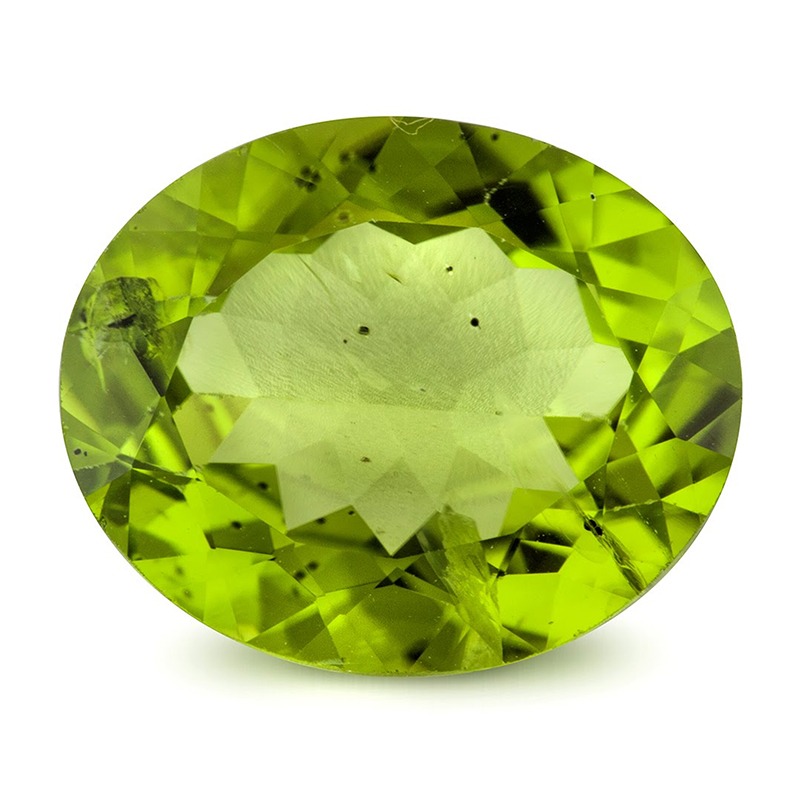
Peridot
Found in lava, meteorites and deep in the earth’s mantle, peridot is the extreme gem. The ancient Egyptians mined peridot on the Red Sea island of Zabargad, the source of many large fine peridots in the world’s museums. The Egyptians called it the “gem of the sun”. Peridot is the gem variety of the mineral olivine. Its chemical composition includes iron and magnesium, and iron is the cause of its attractive yellowish green colours. The gem often occurs in volcanic rocks called basalts, which are rich in these two elements. Birthstone for August.
Rose Quartz
Is a translucent and cloudy gemstone with a soft hazy pink colour. Our rose quartz comes from India, where the presence of titanium within the quartz alters the colour as it forms.
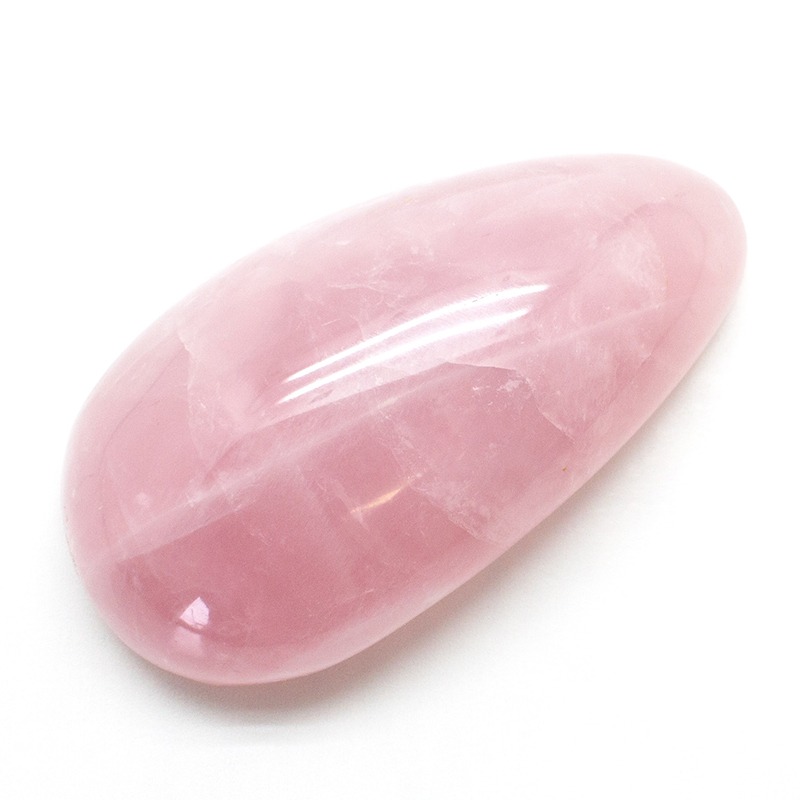

Rutilated Quartz
Rutile is a major ore of titanium, which is a metal used for high tech alloys. It often forms needle-like crystal inclusions inside quartz. This form of quartz is known as rutilated quartz and we source ours as it looks like small bars of green. The name rutile comes from the Latin word rutilus meaning red.
Blue Sapphire
This gemstone is associated with royalty and has been used to adorn robes and royal jewels for centuries. The stone belongs to the corundum family of aluminium oxides, and titanium and iron impurities present together in the correct state result in its deep blue colour during formation. The name “sapphire” can also apply to any corundum that’s not ruby, another corundum variety. Besides blue sapphire and ruby, the corundum family also includes so-called “fancy sapphires”. They come in violet, green, yellow, orange, pink, purple and intermediate hues. Some stones exhibit the phenomenon known as colour change, most often going from blue in daylight or fluorescent lighting to purple under incandescent light. Sapphires can even be grey, black or brown. There are also “part-coloured” sapphires that show combinations of different colours.
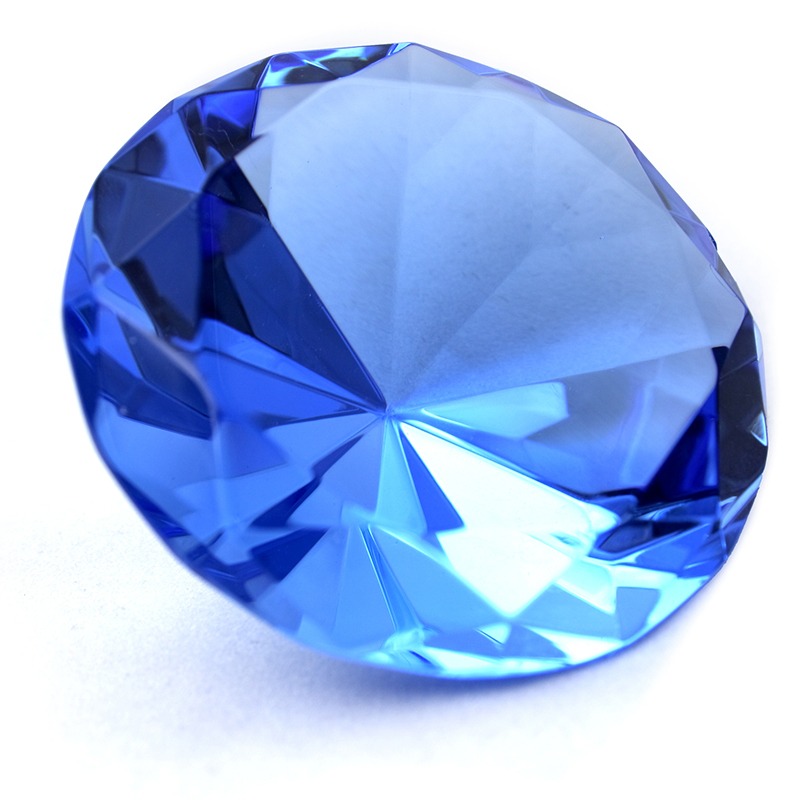
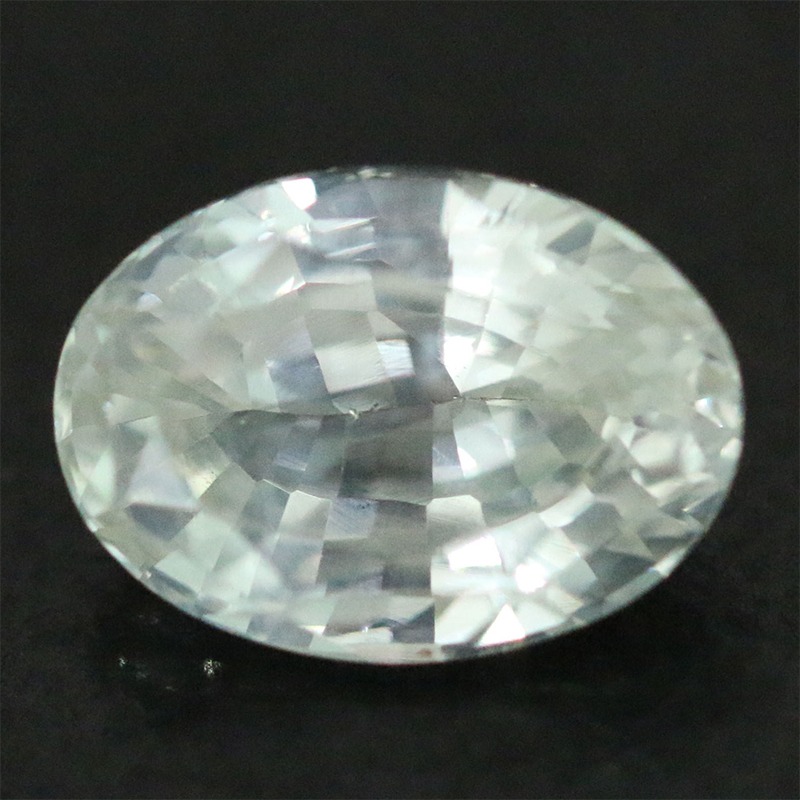
White Sapphire
Colourless sapphires not to be confused with diamonds have staged a comeback as accent stones in recent years. But colourless corundum is rare. Sapphire is the birth stone for September
Swiss Topaz
Topaz is allochromatic, which means that its colour is caused by impurity elements or defects in its crystal structure rather than by an element of its basic chemical composition. Imperfections at the atomic level in topaz crystal structure can cause yellow, brown and blue colour. To create the Swiss Blue colour, the topaz is dye treated. Birth Stone: November
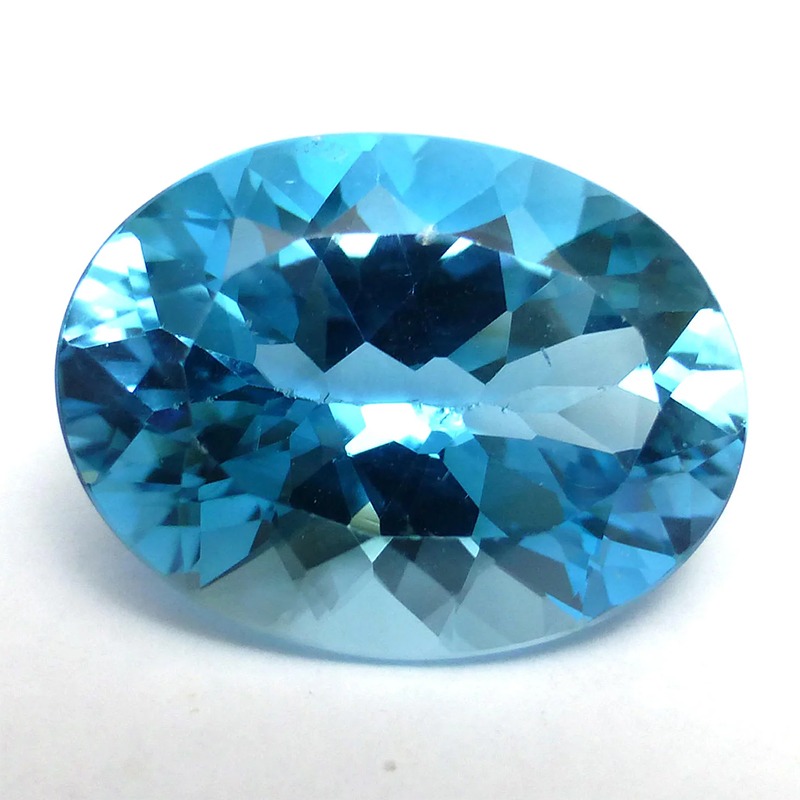
January
- Garnet
February
- Amethyst
March
- Aquamarine
- Bloodstone
April
- Diamond
- Opal
May
- Emerald
June
- Pearl
- Alexandrite
- Moonstone
July
- Ruby
August
- Peridot
- Sardonyx
September
- Sapphire
October
- Tourmaline
November
- Topaz
- Citrine
December
- Turquoise
- Zircon
- Blue Topaz
- Tanzanite

